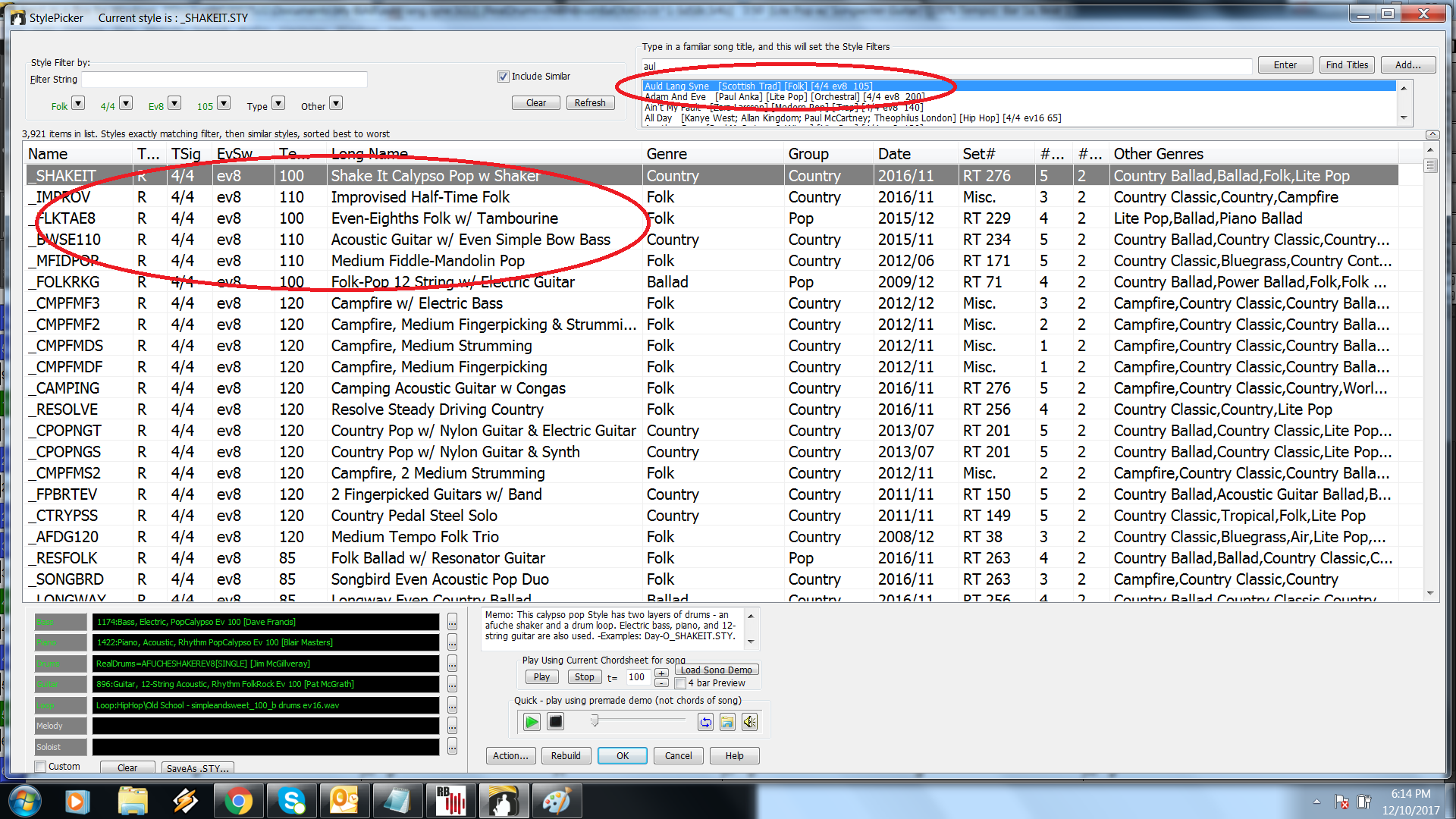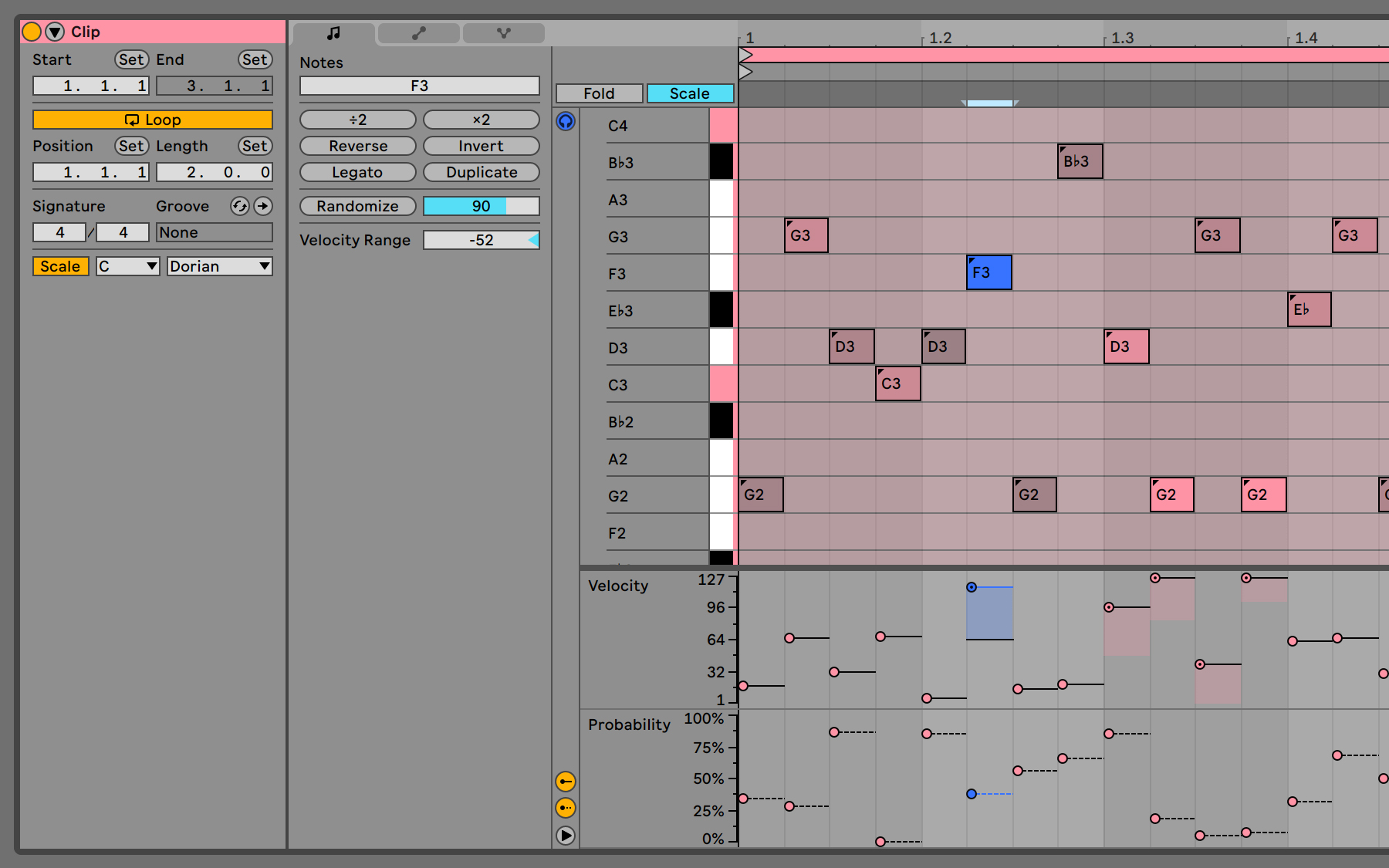

(The Amazing Kornyfone Record Label, 1975, double LP)
#BAND IN A BOX TRIAL VERSION PLUS#
Van the Man includes tracks taped at San Francisco’s Fillmore West plus an extended studio version of ‘Caledonia Soul Music’, a notable out-take from His Band and Street Choir. Over the next three years, TAKRL and its subsidiaries, which included Highway High Fi, released around 160 titles. In 1974, the Trade Mark of Quality partnership broke up and Douglas launched The Amazing Kornyfone Record Label. Live at Leeds was actually an official release, but packaged to resemble a bootleg. The tracks were not officially released until 1998.Ī reminder of the credibility of bootlegs in the 1970s. Somehow, TMQ got hold of a copy of the tape. The 1966 world tour was the first to feature Dylan with an electric band – The Hawks, later renamed The Band – for which he was heckled by traditionalist audience members: the famous “Judas!” shout is on this album.

#BAND IN A BOX TRIAL VERSION FREE#
Sometimes mistitled Live at the Royal Albert Hall, the album was recorded by Dylan’s label, Columbia, at Manchester Free Trade Hall. In 1966 There Was… created an even bigger splash than Great White Wonder. Live at the Los Angeles Forum is among the highpoints of the much-bootlegged Hendrix’s live recordings.Įven in a list of ten, two Dylan bootlegs deserve entries.

Johnson fled to Mexico and disappeared from history, as Scott Johnson, anyway. Unlike the discreet Taylor and Douglas, Johnson enjoyed being feted as a counterculture hero and, in summer 1971, an ill-advised interview with Rolling Stone led to his pressing plant being raided by the FBI. Taylor and Douglas’ closest competitor was, briefly, fellow Angeleno Scott Johnson and his Rubber Dubber label. Rolling Stone magazine’s contemporaneous review called it “the ultimate Rolling Stones album.”

Live’r Than You’ll Ever Be was recorded on a concealed tape machine during the Stones’ November 1969 US tour, and the album was on sale in head shops before Christmas. This pig, however, was drawn smoking a joint. Its best-known logo was “the smoking pig,” a cartoon-parody of the stereotypical, cigar-chomping, music biz mogul. In late 1969, Taylor and Douglas launched their Trade Mark of Quality label, which released around 250 titles over the next six years. tracks were those recorded with The Band in 1967, which were not officially released until 1975, as part of The Basement Tapes. Like almost all bootlegs of the early 1970s, it came in a white cardboard sleeve with a rubber-stamped title but no artist name. The album set a high quality-benchmark: great music, good audio. Released in July 1969, Great White Wonder was pressed and distributed by two Los Angeles-based, fringe-of-record-business hustlers, Dub Taylor and Ken Douglas, who went on to become the biggest players in the bootleg market. Here are ten of the rarest and the best, from 1969 through 1990… But the allure of the first-generation bootleg LPs continues to grow. Many historically-important bootlegs have since been officially released on vinyl, cassette, CD and download. But bootlegging – the manufacture and sale of mainly-live recordings which would not otherwise be released – was largely the preserve of disorganised crime, music aficionados who came of age during the 1960s and who were regarded as cultural heroes by their peers. Organised crime was certainly involved in counterfeiting – making fake copies of legal releases. Legitimate labels responded with allegations that the mafia was behind bootlegging. Within a year, rock’n’roll was teeming with bootleg LPs and, for many enthusiasts, they remained essential complements to official releases for over a decade. The Vinyl Factory’s Chris May tells the story of this cornerstone of the industry with a look at the most valuable ‘fakes’ on the market.īootlegging’s vinyl belle époque began 45 years ago this summer with Great White Wonder by Bob Dylan and The Band. But then it wouldn’t do for a feature on bootlegs to promise exactly what is said on the tin.


 0 kommentar(er)
0 kommentar(er)
